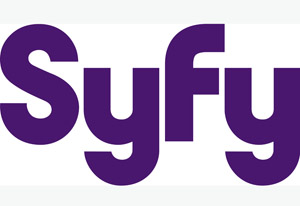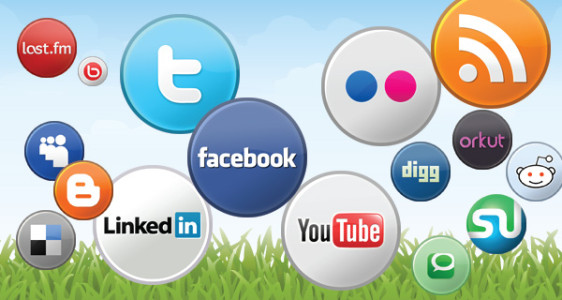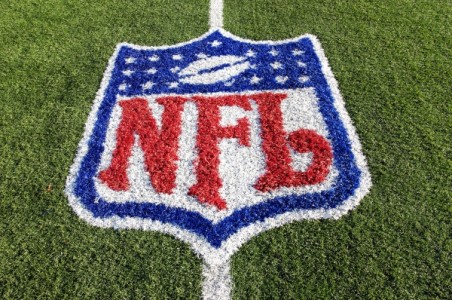 Has your business planned for everything? Have you thought about the absolute worst case scenario for your brand and come up with a resolution? Have you planned for the worst rather than dreaming about all of the awards and accolades you’ll receive?
Has your business planned for everything? Have you thought about the absolute worst case scenario for your brand and come up with a resolution? Have you planned for the worst rather than dreaming about all of the awards and accolades you’ll receive?
If not, you should. One of the keys to a smart brand is being able to handle unpredictability.
Look at it this way: all of the equipment you use is man-made. And all of your clients are human beings (we hope). And even if you have a set of absolutely perfect alpha-clients, there’s one thing about humans that we know for sure.
They have a tendency to often be unreliable and can be unpredictable.
And while it might be impossible to plan for every single possible unpredictable scenario, a good brand can take a lesson from unpredictability. A good brand can integrate unpredictability into their brand and become unpredictable themselves.
As a business s owner in the midst of this current technological business arena, you need to accept the unknown with open arms. Part of that is adapting to it and seeing how you can make your brand thrive in an unpredictable world.
So how can you tell if your brand is capable of doing this? There are a few key points you can look for in the way your brand and your business is set up.
- Are you using interdisciplinary approaches to marketing, work, and design?
- Are you engaging with your audience in a way that is social?
- Are you doing a good job on staying up to date and current with developing trends and technologies?
- Do you truly understand your audience? This means understanding their moods, their whims, and their hot-button topics.
Humans are a fickle bunch. If we really want to remain successful in terms of building a brand, we have to be able to predict their unpredictability. And since that is next to impossible, the next best thing is slipping into that very same mindset and making unpredictability a part of our brand.









